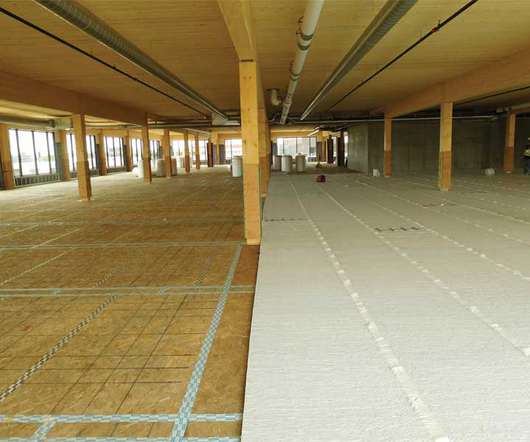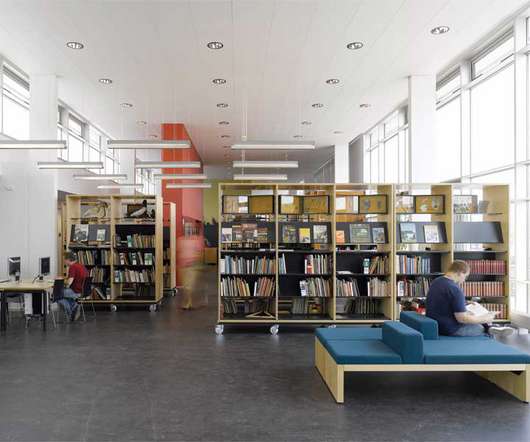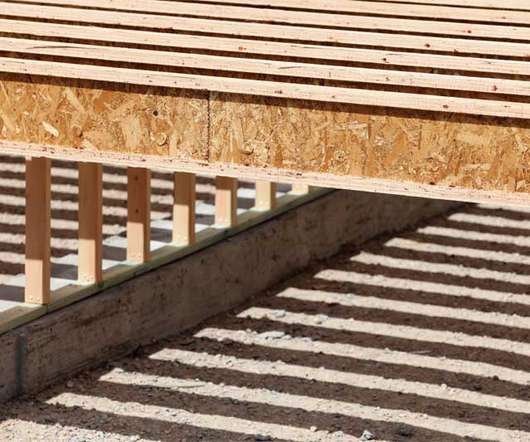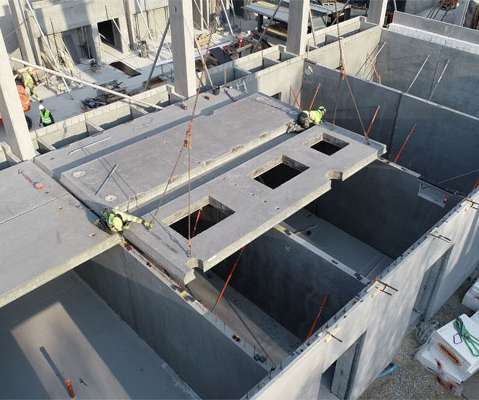Sound isolation code requirements
Construction Specifier
AUGUST 26, 2020
It is important to take sound isolation into consideration when designing multifamily residential buildings to ensure the long-term comfort and satisfaction of building occupants. ASTM defines single-number metrics for testing of airborne sound transmission class (STC) and impact isolation class (IIC).















Let's personalize your content